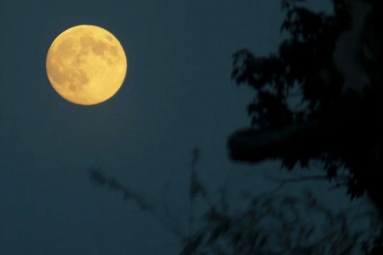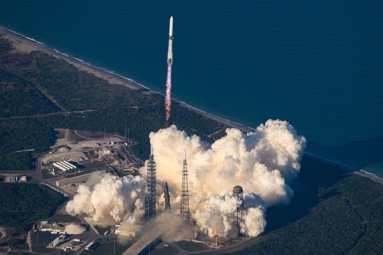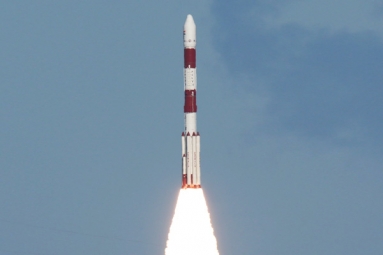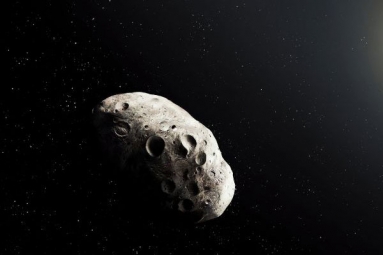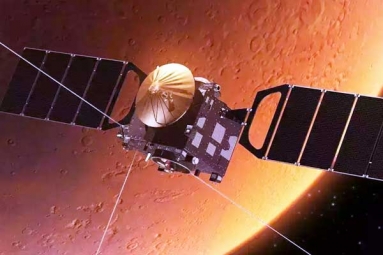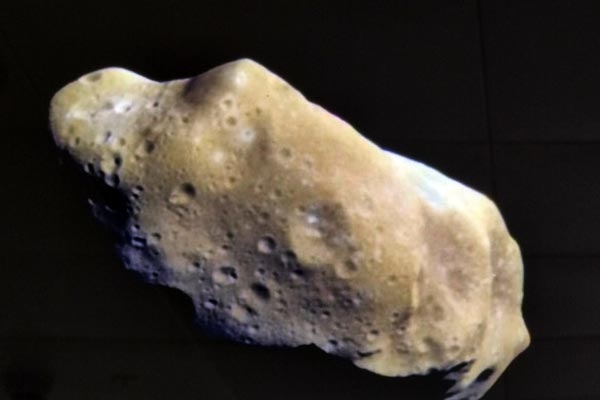
(Image source from: Ndtv.com)
The Indian space agency, ISRO, is closely monitoring a massive asteroid named Apophis, which is named after the Egyptian God of Chaos. This asteroid is hurtling towards Earth and will have its closest approach on April 13, 2029. ISRO has added a new focus area called planetary defense to protect Earth from extraterrestrial objects. ISRO's chairman, Dr. S. Somanath, says that a large asteroid impact is a real threat to humanity, and ISRO's Network for Space Objects Tracking and Analysis (NETRA) is closely monitoring Apophis. India will collaborate with other nations to address this and similar future threats, as we only have one Earth to live on. Apophis was first discovered in 2004, and its orbit, which brings it close to Earth, has been closely tracked. The next close encounters are expected in 2029 and 2036. While there are concerns about the potential impact, some studies suggest that in 2029, Apophis will only make a flyby and may not collide with Earth.
The geostationary satellites of India are positioned higher than the distance Apophis is expected to approach, indicating the magnitude of this encounter. No other asteroid of this size has ever come so close to our planet, at just 32,000 kilometers above Earth. Apophis is larger than India's biggest aircraft carrier and the largest cricket stadium, measuring approximately 340 to 450 meters in diameter. Asteroids over 140 meters passing close to Earth are considered potentially hazardous, and ISRO estimates that any asteroid larger than 300 meters could cause "continental-scale devastation." In the worst-case scenario, an asteroid over 10 kilometers in diameter striking Earth could lead to "mass extinction," causing "global disruption" and "local extinction" due to the impact and resulting atmospheric effects.
Several years ago, a significant impact occurred at Lonar in the Indian state of Maharashtra. Presently, a lake occupying an area larger than a square kilometer stands as a testament to this collision event. ISRO will definitely study the Apophis asteroid when it comes closest in 2029. The Lonar Crater Lake in Maharashtra, created by a meteor strike, is an example of this. Top space agencies are likely to launch missions to study the asteroid's path and composition. NASA's OSIRIS-REx was the first American spacecraft to bring back samples from an asteroid, and it is now being redirected to meet with Apophis. The European Space Agency may launch a mission named RAMSES in 2028, and India may join this mission. There are various ways to move the asteroid away from Earth, such as crashing a spacecraft into it, using a gravity tractor to deflect it, or using a high-speed ion beam to change its direction. As a last resort, nuclear explosives could be used to detonate the asteroid. One of the most recent asteroid impacts was the 2013 strike in Russia by a 20-meter asteroid.
Approximately 1,500 individuals sustained injuries, and 7,200 structures were harmed. In 1908, a 30-meter asteroid struck Tunguska, Russia, resulting in the destruction of an estimated 80 million trees. The most catastrophic asteroid impact is believed to have occurred 650 million years ago when a 10-15 kilometer wide asteroid struck Mexico, leading to the extinction of dinosaurs and nearly 70% of all species.



